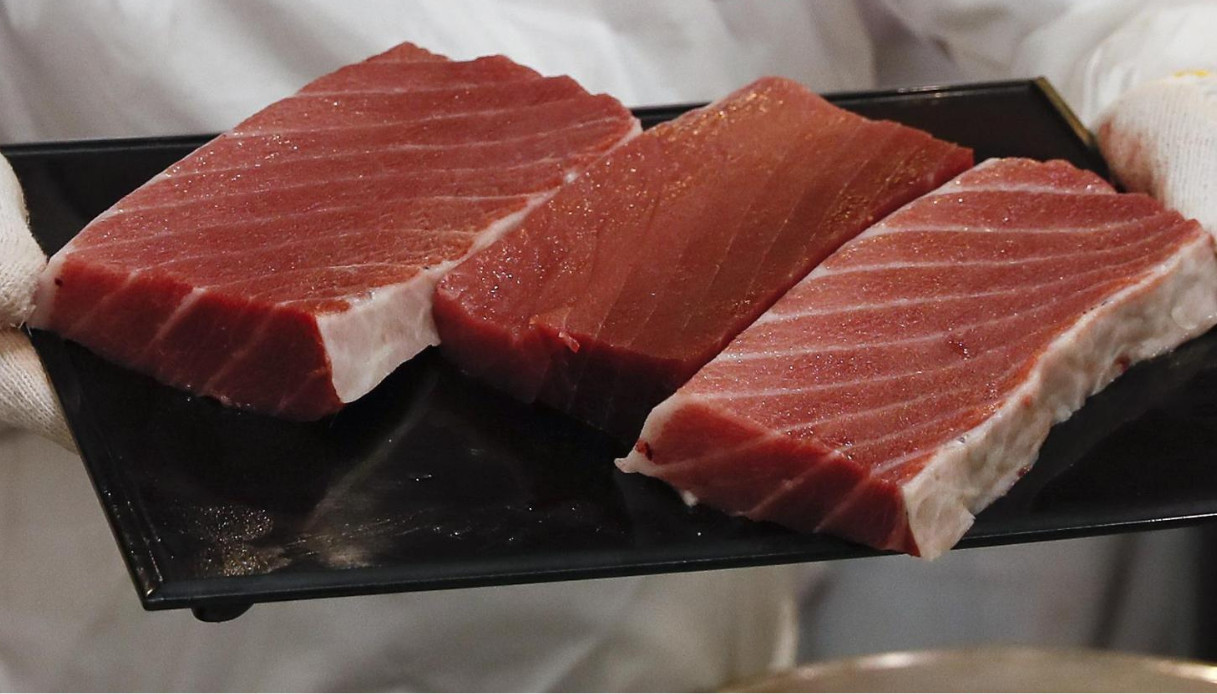Four people ended up in the emergency room yesterday in Belluno after eating fresh tuna in two different restaurants. As reported by the local press, people in the hospital have been suffering from scombroid syndromea food poisoning caused mainly by the consumption of seafood products containing high levels of histamine, but were discharged after a few hours. The Nas carried out the seizure of the fish and took the samples sent to the laboratory for investigations. Inspected the premises involved in the city center and analyzed the documentation to trace the suppliers and reconstruct the path of the tuna for the investigation of the case.
Scombroid syndrome in Belluno: the episode
The people affected by the intoxication are four workers, men and women, on their lunch break with no connection between them. After ordering the tuna they felt the first symptoms such as headaches, red eyes and ears, nausea and other intestinal disorders within a few minutes.
One after another they went to the emergency room of the San Martino hospital where they were treated and subjected to analysis. Cases reported to the Carabinieri of the Antisophistication Unit of Treviso, the Ulss has notified citizens on social media “as a precaution” to “avoid the consumption of fresh tuna”, pending ascertaining the causes of the episodes.
Scombroid syndrome: what it is and how to take it
As recalled by Ulss 1 of the Dolomites, histamine intoxication, also known as scombroid syndrome can occur as a result of the decomposition of histidine, an amino acid present in species belonging to the Scombridae and Scomberascidae families, tuna, mackerel, sardines, sardines, anchoviesfrom which the pathology takes its name.
Bacterial deterioration and histamine production can occur in every phase of the food chain and occurs in the case of conservation of fish at inadequate temperatures, when they are not kept constantly below 4 ° C (here we reported the case of a withdrawal by the Ministry of Health of mussels and smoked tuna considered to be at risk high amounts of histamine).
Scombroid syndrome is therefore a disease that develops through the reaction of an enzyme found in some bacterial species inside the intestine or in the skin of the fish. The deterioration of the food cannot be felt as it is odorless and tasteless.
Scombroid syndrome: what are the symptoms
Histamine is not toxic in itself, it is already present in our body with an important role in the regulation of our immune system, but when it is released in large quantities it causes an allergic reaction which in the case of ingestion of a spoiled food takes the form of food poisoning.
The amount of histamine needed to cause effects varies from person to person depending on factors such as individual sensitivity, body weight, meal composition (alcohol, vegetables and cheeses), medications taken and pathologies.
The syndrome can cause several symptoms which occur from a few minutes to a few hours after ingestion of the altered product and which can be divided into:
- common skin manifestations (skin rash particularly localized on the face and neck, sensation of intense heat, urticaria, facial edema, pon fi, conjunctival hyperemia, itching);
- gastrointestinal symptoms, plus nonspecies (diarrhea, abdominal pain, nausea, vomiting, burning, swelling of the mouth and tongue);
- hemodynamic symptoms (hypotension, dizziness);
- neurological symptoms (headache, palpitations, tingling, visual disturbances, tremors, weakness, feeling of heat).
–


